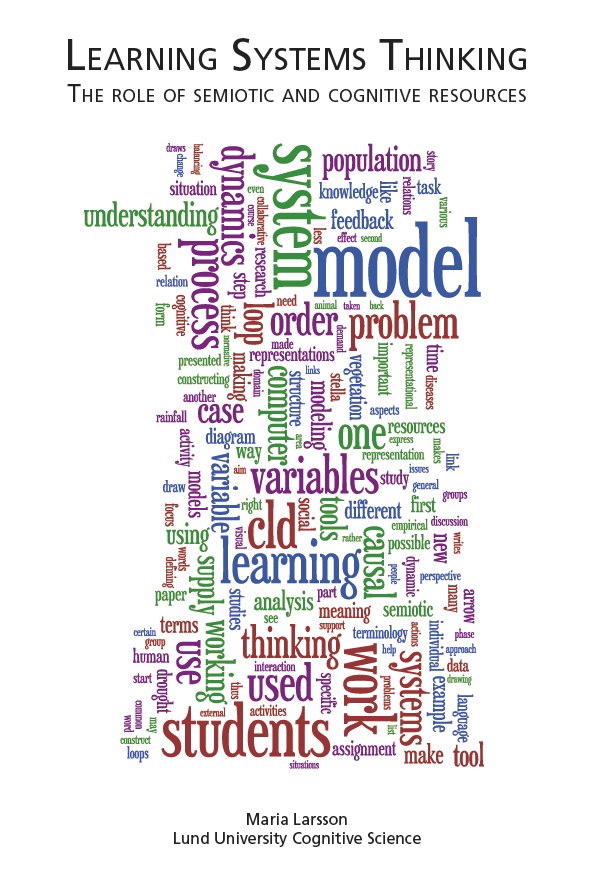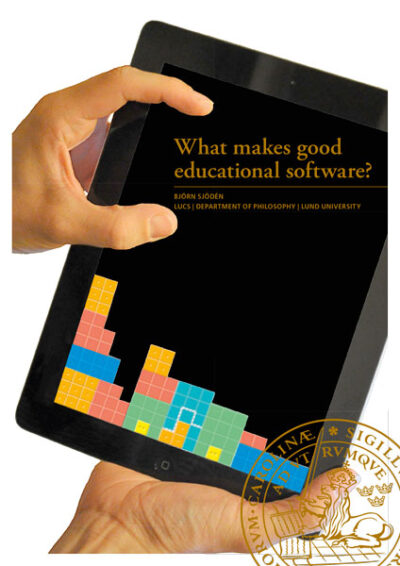Learning systems thinking
The role of semiotoc and cognitive resources
Maria Larsson
178 kr
Beskrivning
In the course of our educational life we are introduced to various subject areas, each with its specific way of representing knowledge. The challenge for the learner is to be able to think in ways that are supported by, and match, the representational format. A fundamental question for the science of learning concerns how this is achieved. In this thesis, it will be argued that by observing individuals collaboratively constructing their own graphic representations in a subject area that is new to them, it is possible to gain insight into this process.
In the LUMES Master program, students are introduced to systems thinking and the method of creating Causal Loop Diagrams and interactive computer models for analyzing and solving complex problems. They learn how to use the terminology, symbols and methods of a specific semiotic domain.
The research questions guiding the analysis of the empirical data concern how in¬teracting with systems thinking tools affect students in the process of collabora¬tively analyzing and modeling complex problems, and how cognitive and semiotic resources are used in this process. The study provides a conceptual lens with which to discuss and perceive the complexity of learning to express knowledge with new rep¬resentational tools: both its visual and spatial formalism and the related terminology. Three theoretical perspectives are applied: the socio-cultural perspective, the social semiotic, and the constructivist perspective. The sociocultural perspective is applied to emphasize the use of tools as a part of human learning. It puts focus on the me¬diating roles of language and other tools in a social context, which is in many ways connected to the social semiotic perspective. To view systems thinking and System Dynamics as a semiotic domain accentuates the use of specific terminology, symbols and gestures to express understanding. Furthermore, the constructivist perspective is used to put focus on the role of individual cognitive abilities and prior knowledge.
Ytterligare information
| Vikt | 377 g |
|---|---|
| Storlek | 10 × 169 × 239 mm |
| Språk | Svenska |
| Antal sidor | 169 |
| Publikationsår | 2009 |
| Bandtyp | Häftad |
| ISBN | 978-91-977380-6-4 |
| ISSN | 1101-8453 |
| Volym | 145 |


